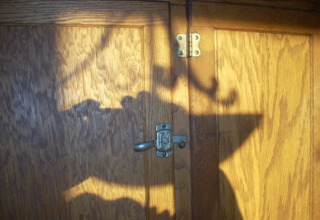
The Seven Emotional Drives
The seven emotional drives, reliably map onto specific instinctive, physiological responses that are common across all mammals. First coined by Jaak Panksepp, these categorisations do not have unanimous support, but they are the most widely used within the field of affective neuroscience. The names of each drive are capitalised by those within this field to distinguish them from the subjective feelings we associate with them:
The Seven Primary Emotional Drives:
- FEAR (Response: Freeze/Flight)
- RAGE (Response: Fight)
- PANIC/GRIEF (Response: Relates to attachment to caregivers and involves distressed calling/crying in the PANIC phase and despair in the GRIEF phase)
- CARE (Response: Nurturing)
- LUST (Response: Erection, Lubrication)
- SEEKING (Response: ‘Foraging behaviour/novelty seeking’)
- PLAY (Response: rough and tumble play)
In the previous example, a client’s unmet need of self-efficacy might trigger their SEEKING drive — leading to instinctive emotional responses of searching and exploration to find new ways of meeting their goals. However, it is also possible that they feel conflicting responses like RAGE, causing them to fight against their current situation, or FEAR which leads to avoidance and inertia. What is important to remember is that we can’t do everything at once. We can’t eat AND sleep and we can’t PLAY if we are consumed by FEAR. This need for prioritisation is what can lead to the inner conflict that leads people to seek coaching in the first place.
The importance of learning
Another aspect making these drives difficult to reconcile (compared to say a bodily drive of feeling cold) is that they mostly emerge in relation to the unpredictability of others. What is important to remember is that these drives are instinctive, meaning they have a narrow range of response. Anyone who is or has been a parent to a toddler knows how narrow this range can be. A toddler has not developed the more advanced brain functions that allow for reasoning and self-reflection, and so are relatively at the mercy of their emotional state.
A toddler’s instinctive reaction in situations where the PLAY drive has been thwarted often leads to a drive of RAGE, expressed as tantrums and aggressive behaviour (hitting and throwing). The conflict between the PLAY/RAGE drives leads the toddler to be flooded with emotion; expressed as screaming, crying and tears in response to being prevented from playing with the power point. The challenge for the toddler’s development is learning how to reconcile their drive to play and the shifting requirements of their parent’s rules to keep them safe.
Download Article













